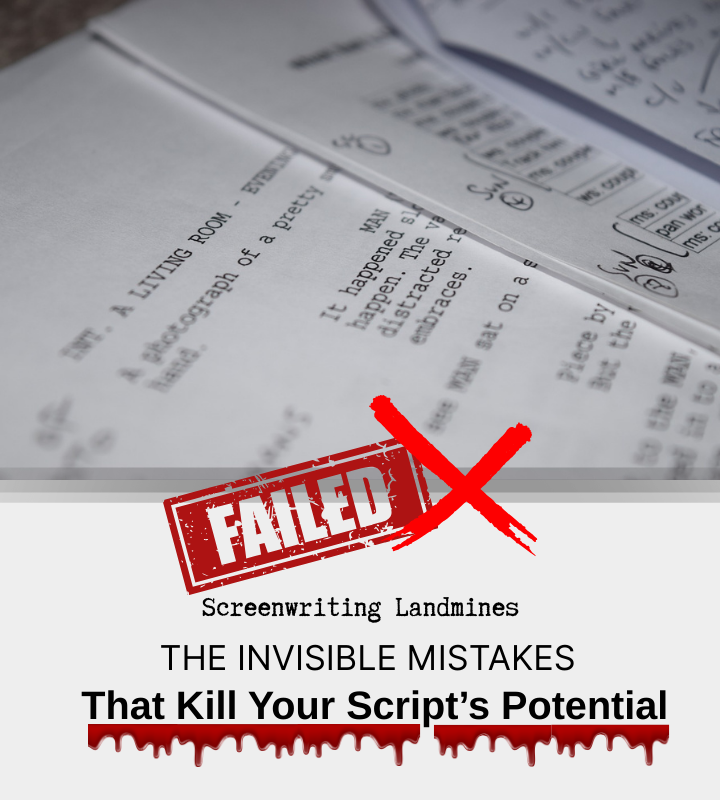Big twist. Big heart. Big payoff.
Welcome to the Final Act: Where Everything Counts!
Your story’s third act isn’t just the end—it’s the moment. Whether it’s epic, emotional, or jaw-dropping, this is where your audience leans in, holds their breath, and feels everything you’ve built so far.
Let’s break it down so you can craft an unforgettable finale—without the stress. Think of this as your third act survival kit: tools, tricks, and examples that click.
1. The Hero’s Final Test: Who Are They Now?
At the beginning of your story, your main character was missing something—confidence, hope, purpose. Now’s the time to show they’ve changed.
Example: In “Interstellar”, Cooper begins as a grieving father trying to save his kids’ future. In the third act, he sacrifices himself to enter a black hole for humanity—an act of pure faith and transformation.
Quick Tip:
Put your hero in a situation that would have destroyed them in Act One—but now, they face it head-on.
2. Let Chaos Reign (A Little)
A clean, straightforward finale? Snooze. The best endings juggle—stakes, subplots, emotions. Mix it up like a DJ at full volume.
Example: In “Everything Everywhere All At Once”, Evelyn’s final battle jumps between universes, hotdog fingers and all—yet every move ties into her emotional journey.
Quick Tip:
Let your side characters shine. Give subplots a moment to resolve. These little wins build your big emotional payoff.
3. Add a “Wait, WHAT?!” Moment
Twists are tricky. They shouldn’t derail the story—they should reframe it.
Example: “The Sixth Sense.” We learn the truth about Dr. Crowe only at the end—and it makes us see the whole story differently.
Quick Tip:
Try a character reveal or a hidden motivation. If it clicks emotionally and logically, you're golden.
4. Make It Personal—Make It Hurt (Nicely)
A killer climax isn’t just about action—it’s about emotion. Think of it like a love letter (or a punch in the gut).
Example: “Coco.” Miguel singing “Remember Me” to his great-grandma? Tears. Everywhere.
Quick Tip:
Endings land best when they’re earned. Set it up, pay it off. Make us cry, cheer, or both.
5. Close the Door… But Leave a Window
Wrap up your main arc. But if your world is rich enough, feel free to leave the tiniest question mark.
Example: “Knives Out.” The mystery’s solved, but the power dynamic shift is so delicious, we want another chapter (and got it!).
Quick Tip:
Don’t explain everything. Just show enough to make the story feel whole.
Final Word: Don’t Just End—ECHO
A strong final act isn’t about tying a bow—it’s about ringing a bell. Leave the audience with a feeling they’ll take home. Shock them, move them, but above all… satisfy them.
Your checklist:
✔ Show how your characters have grown
✔ Raise the stakes, then flip the game
✔ Blend emotion and action
✔ Deliver a moment that sticks
✔ Finish the story even if the world continues
Now go out there and stick that landing like Simone Biles!











 Upload Script
Upload Script 




